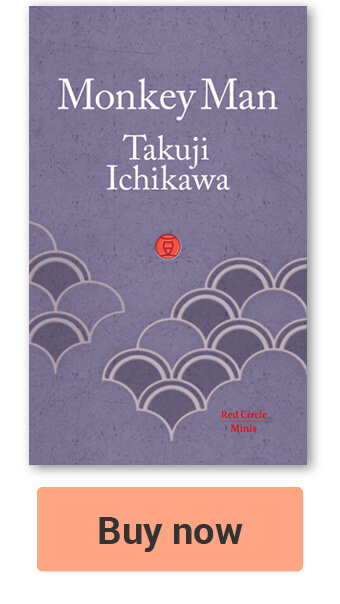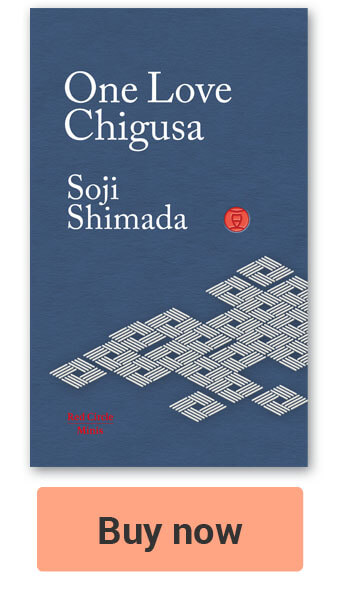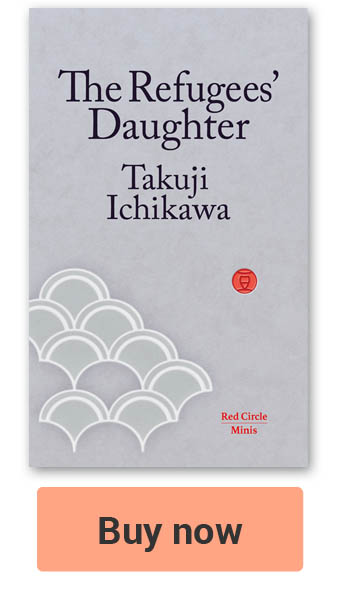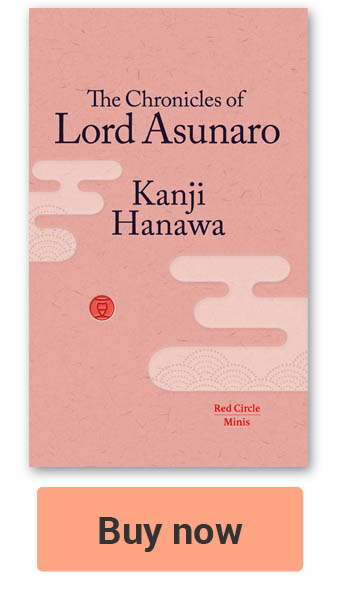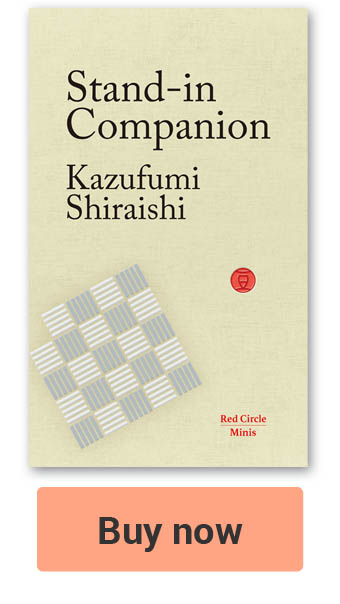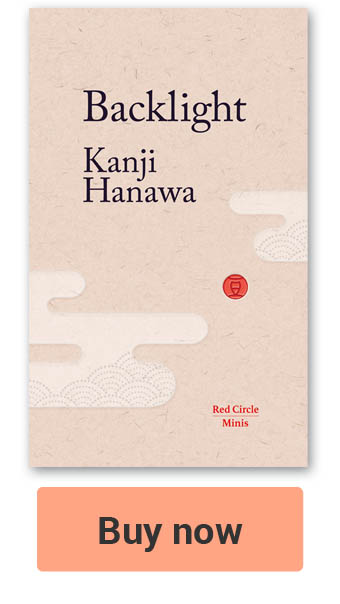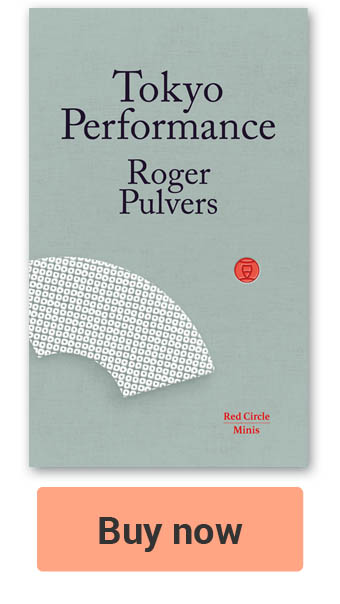The Nobel Prize committee cited Rudyard Kipling’s writing on the manners and customs of the Japanese when they awarded him his Nobel prize in 1907[UPDATED: 3-1-2023]
Carl David af Wirsén (1842-1912), the Permanent Secretary of the Swedish Academy that awards the Nobel Prize in literature, cited Rudyard Kipling’s (1865-1936) writings on the manners and customs of the Japanese as an example of Kipling’s distinctive, original and sometimes ironic style of writing when he presented Kipling with his Nobel prize in December 1907.
Kipling, an English journalist and author of books including The Jungle Book, visited Japan in 1889 and 1892. No other leading English literary figure of his day is thought to have spent so long in Japan or to have written so fully about the country. Thomas Cook, the travel agency, helped Kipling plan his first trip to Japan and onwards to the United States.
Oscar Wilde wrote in his 1889 essay The Decay of Lying that ‘the whole of Japan is a pure invention. There is no such country, there are no such people… The Japanese people are… simply a mode of style, an exquisite fancy of art,’ which triggered the following response from Kipling, who was just 23 and still unknown, on his arrival in Nagasaki in 1889, ‘Mister Oscar Wilde of The Nineteenth Century is a long toothed liar!’
Sir Hugh Cortazzi (1924-2018), the former British Ambassador to Japan and George Webb published an edited collection of Kipling’s writings in 1988 including letters, newspaper articles, and verse on Japan, a country that Kipling seems to have been fascinated by, entitled Kipling’s Japan.
A good example of his Japan related prose is a verse quoted in the book’s introduction: ‘Rangoon shall strew her rubies at your feet, New skies shall show uncharted constellations, And gentle earthquakes in Japan shall meet Your rage for observations’.

